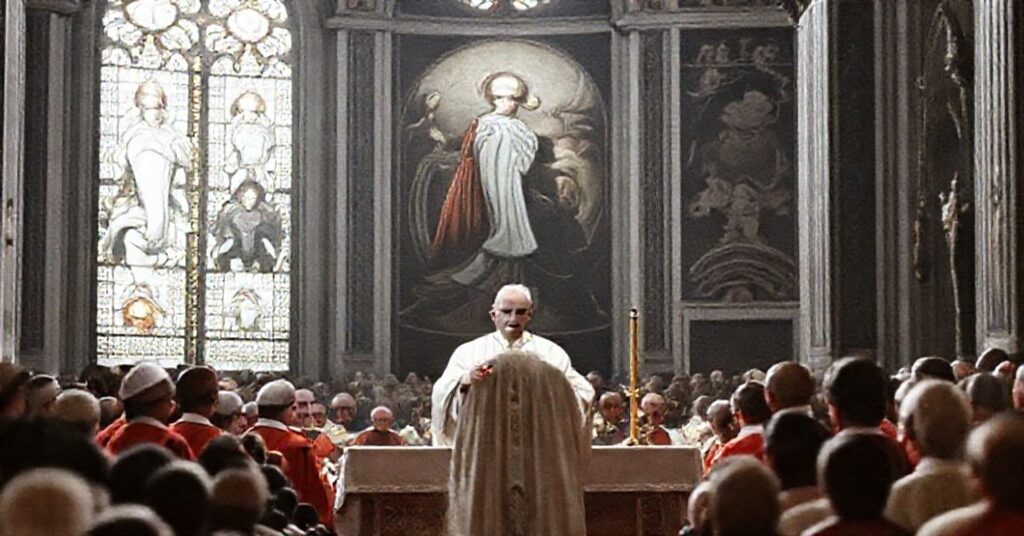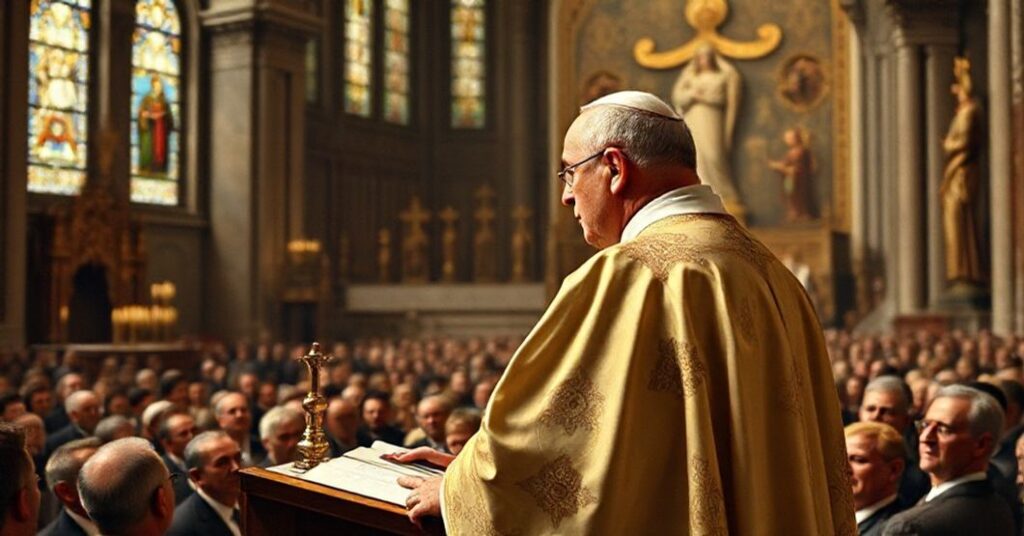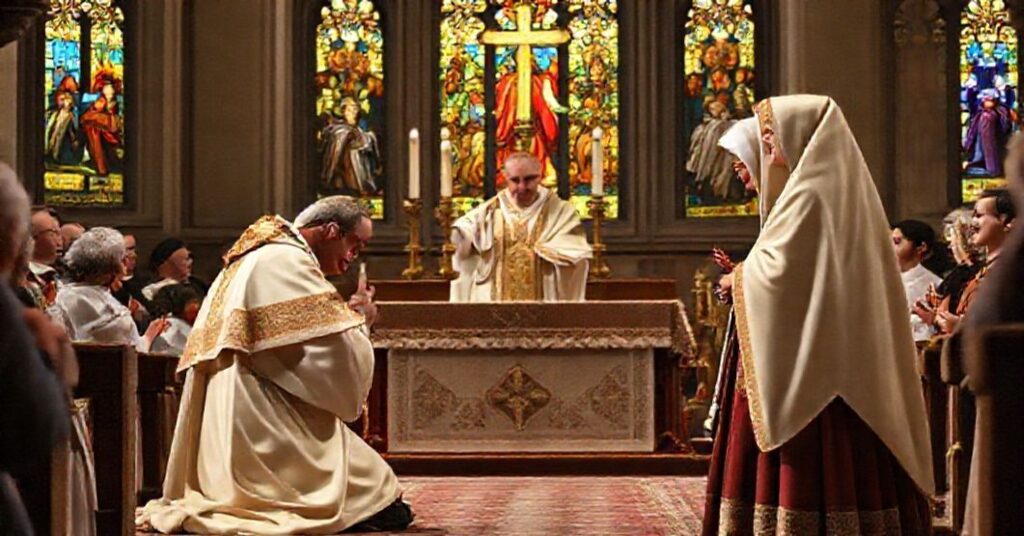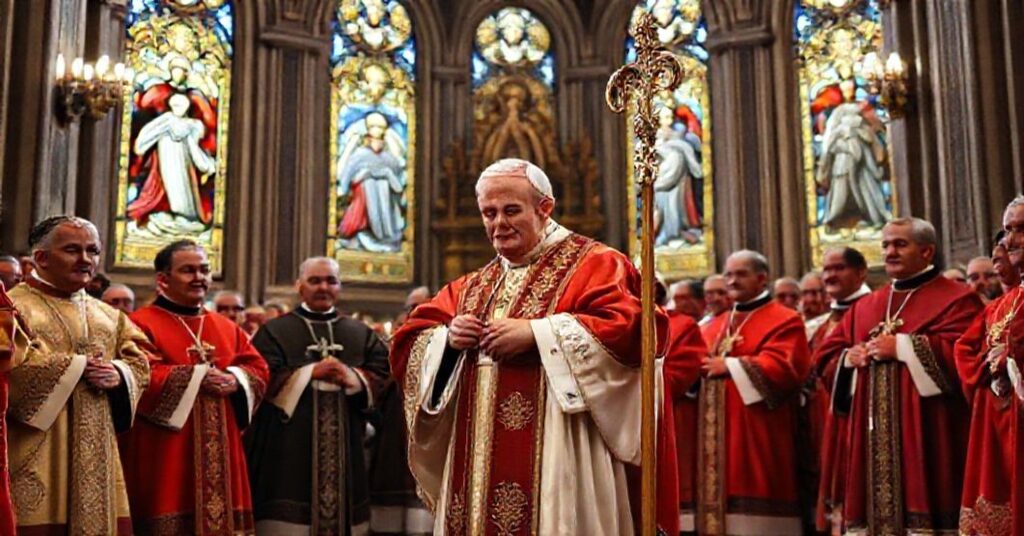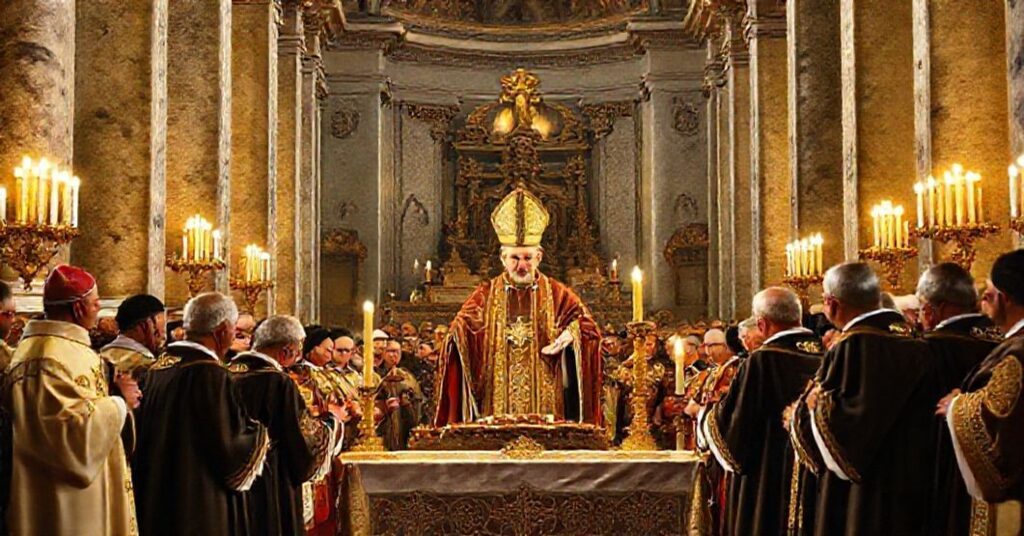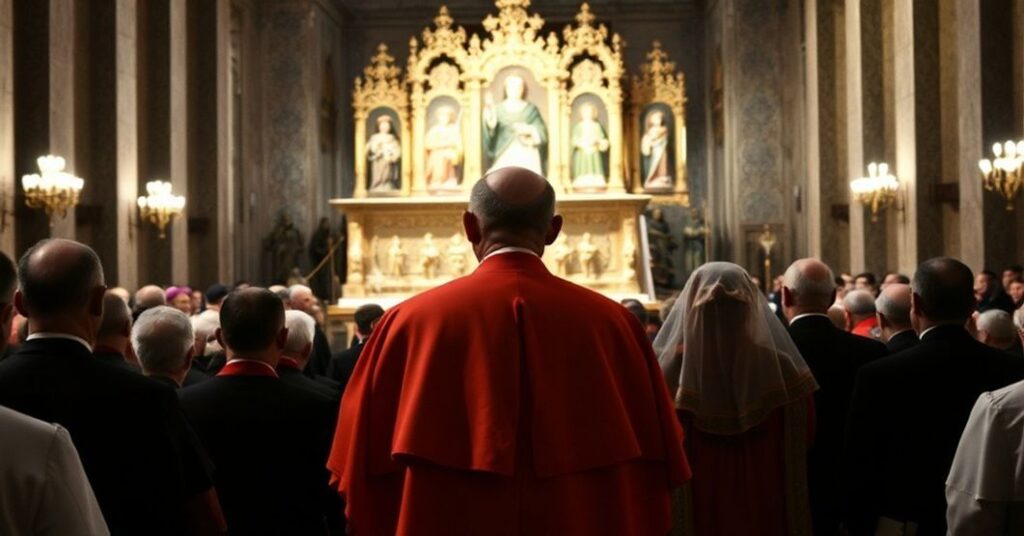LA IN SOLLEMNI CANONIZATIONE BEATI MARTINI DE PORRES (1962.05.06)
On 6 May 1962, in the Vatican Basilica, John XXIII delivered a Latin homily at the solemn act by which he and his conciliar apparatus enrolled Martin de Porres among the “saints.” He links this canonization directly to his expectations for the upcoming Second Vatican Council, presenting Martin’s humility, charity, social concern, and devotion as emblematic fruits of the new orientation he expects from the Council and as a providential sign for contemporary “social institutions” and peoples, especially Peru. The entire discourse functions as a preparatory hymn for Vatican II, using Martin de Porres as a proto-symbol of conciliar humanism and interracial-social integration. Already in nuce, this homily reveals the theological inversion at work: the true doctrine of sanctity and the reign of Christ is instrumentalized to legitimize the conciliar revolution.

